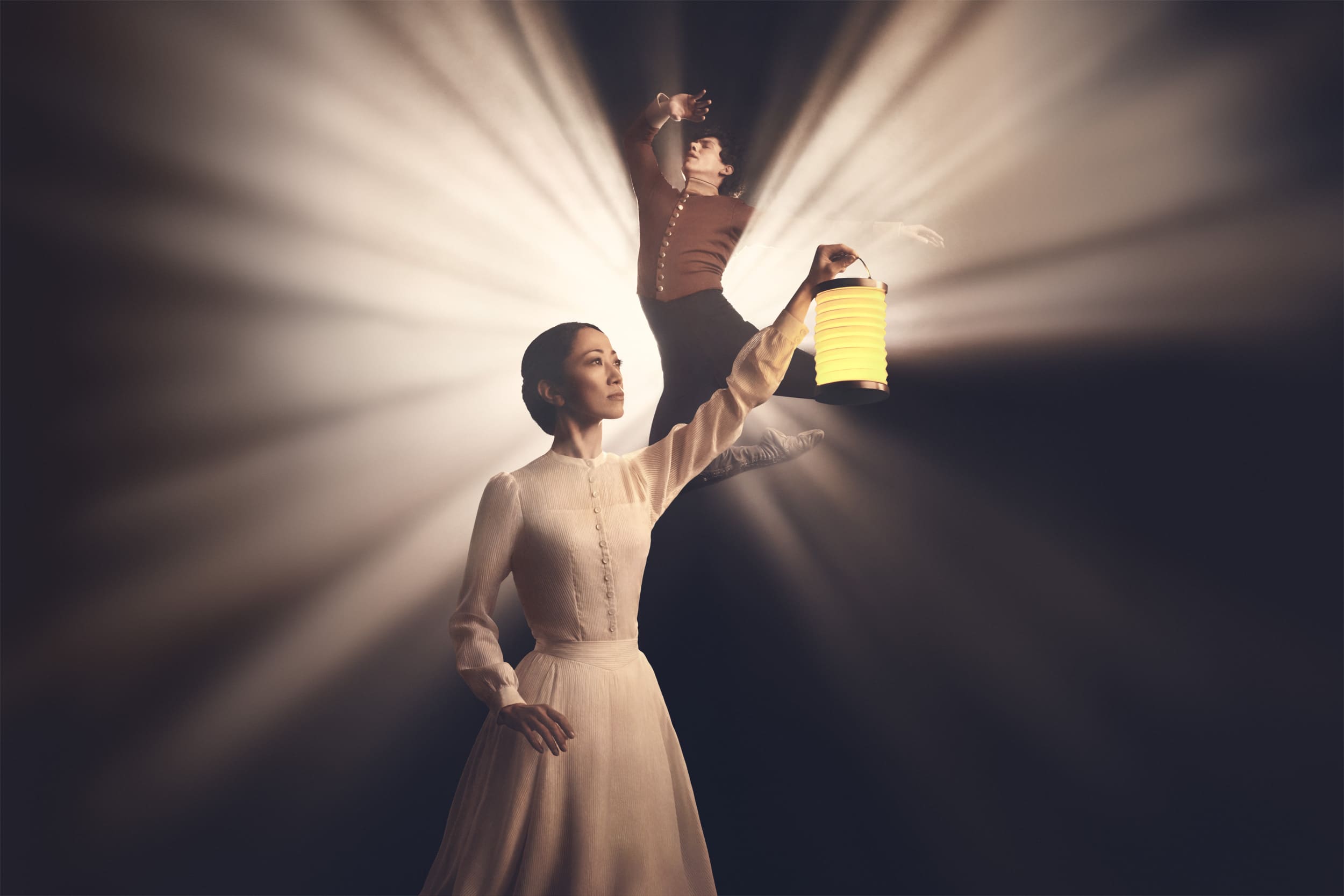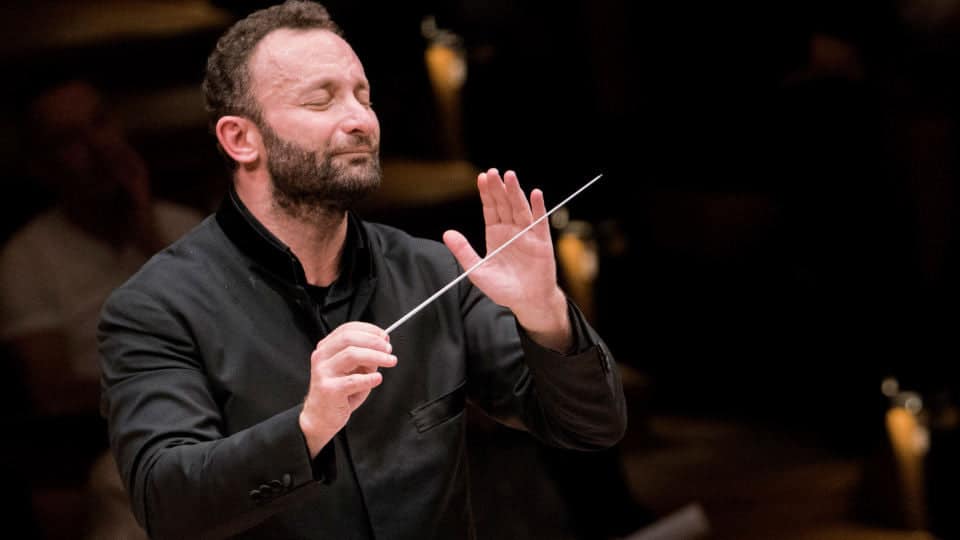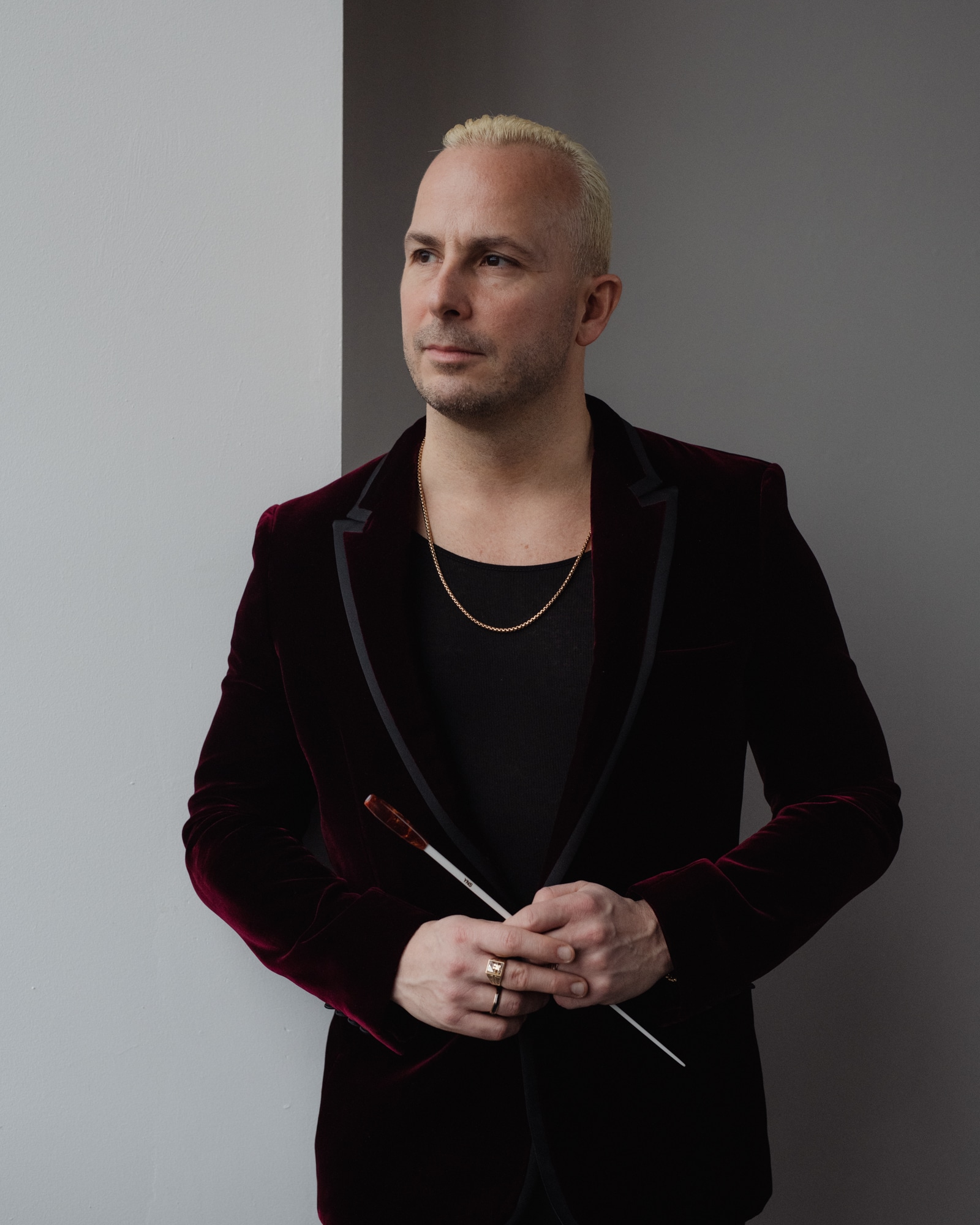Alastair Macaulay: Tamara Rojo does violence to Raymonda
Alastair MacaulayThe English National Ballet chief Tamara Rojo is on her way out, moving to San Fransciso. Not great loss juding by last night’s opening, says ex-NY Times chief dance critic Alastair Macaulay, now reviewing for slippedisc.com:
Raymonda, first produced in 1898, is a three-act classical ballet about a dramatically passive but eventually fortunate mediaeval Provençal damsel in distress with a luscious score by Alexander Glazunov and choreography by Marius Petipa. Or is it?
English National Ballet’s new production, by the company’s artistic director Tamara Rojo (soon to change jobs in taking up the same job at San Francisco Ballet) relocates the story to England and Sevastopol, updates the action to the 1853-1856 Crimean War, makes Raymonda a sub-Trollope English heroine who, while wooed by the English officer John de Bryan, takes up nursing in the Sevastopol campaign. There, she meets an Ottoman admirer (and British ally), Abdur Rakhman. Though she ultimately marries John, she recognises that she loves Abdur. Walking out of her own wedding, she sublimates her frustration by giving her life to nursing. This involves drastic rearrangements and reorderings of Glazunov’s score; and it changes or cuts most of Petipa’s choreography (despite careful research), especially in Acts One and Two.
If you’re not in a purist frame of mind, this Rojo Raymonda has many points of interest along the way. Where Petipa and Glazunov gave their heroine an Act One dream in which she’s reunited with her absent Crusader lover Jean de Brienne, Rojo gives her a sub-Tennyson vision of suffering soldiers and noble nurses. One of Petipa’s most classic creations is the entry of the female Shades slowly descending a slope in the hero’s dream in La Bayadère (19877). Here, Rojo refers to that subversively, starting Raymonda’s dream with a line of male soldiers slowly descending a slope. Their steps are close to those of the Bayadère Shades, but accentuated more to suffering than to transcendence. Amid this pained fantasy, Raymonda’s own uncertainties about the right spouse come to the surface.
Petipa’s original was silly (casually Islamophobe) about the Crusades and daft about European history. His Raymonda, while her fiancé is absent far away, finds herself courted by a Saracen, Abdur Rakhman. When he fails to win her by fair means, he resorts to rapist violence. Those beastly Saracens! But phew! In the nick of time, her fiancé, Jean de Brienne happens to pop back from the Holy Land with his uncle Andrew II of Hungary, just in time to slay Abdur Rakhman. So the happy couple promptly honour their royal benefactor Andrew by dancing their wedding celebration in full Hungarian style, happy ever after with nobody giving a thought to the late Saracen suitor.
But Petipa (who was eighty soon after Raymonda’s premiere) was the great anomaly amid the artists of the late nineteenth century. On the one hand, while Ibsen and Dostoyevsky were taking female psychology in new directions, he was stuck in a Walter Scott frame of mind in terms of drama. On the other, he was serious about classical dancing, constructing Raymonda as a series of carefully constructed suites of dances, in which ballet refinement rises like a sublime Platonic ideal above all other genres of movement – and he inspired Glazunov, so often rhythmically flaccid in other compositions, to many of his most gorgeously (and rhythmically taut) melodic writing in this work.
Rojo, by contrast, while she’s sorting Raymonda’s other problems, does considerable violence to both Petipa and Glazunov. She and her musical colleagues Gavin Sutherland and Lars Payne disregard structure and style, shift individual numbers from act to act, set busy dance steps to non-dance music, and reassign music to different characters. In the first scene, for example, Petipa and Glazunov composed an ensemble waltz for Raymonda’s name day that pauses to give the heroine a brilliant pizzicato solo. But Rojo interpolates a medley of other numbers before the pizzicato – which she gives to a different ensemble rather than to the heroine. Sutherland and Payne: at times they make poor Glazunov sound like Korngold in Hollywood.
Antony McDonald’s costumes and décor are wonderfully pretty. They and Mark Henderson’s lighting make many lovely impressions; I kept starting to like or love their Tennyson/Trollope alternative version of Raymonda. On Tuesday’s opening night, Jeffrey Cirio danced Abder with such panache that anyone could see why Shiori Kase’s Raymonda wanted to choose him. There were lively performances everywhere.
Yet Rojo diminishes one of the great ballerina vehicles by forcing this Petipa-Glazunov classic to be something it simply isn’t. Her tale of Raymonda’s amorous perplexities is less like a good novel or poem than an old Hollywood movie – indeed, like the 1936 Charge of the Light Brigade movie, where Errol Flynn sacrifices his own life and those of countless others because he wants his fiancée Olivia de Havilland to marry her true love, his brother. Don’t let’s ask for the moon, Abdur – we already are the stars.






There’s absolutely nothing wrong with Korngold in Hollywood, and old Hollywood movies can still teach us a lot about pacing and narrative clarity.
I thought critic’s job was to be able to deliver a very objective and detailed review so the audience can be guided through the ballet. Unfortunately Alastair seems to have missed the point. Poor choice of words, by the way. Using old Hollywood movies as a reference does not provoke the same kind of feeling as Alastair. Perhaps, he should experience other art forms and their evolution through time before believing that being a purist in ballet, in the way he suggests, does any good to those actively working in the industry.
Totally agree. It’s so easy to be dismissive and we get a subversive pleasure out of reading those kinds of reviews. But critics have a responsibility to discourage dichotomous thinking with regard to art and artists. Productions don’t appear with the snap of fingers but are the result of thousands of hours of work from the hearts and teeth of hundreds of people.
When the ballet plot is changed so much so as to become a completely different story, that’s when it’s time to change the name of the ballet itself while simply noting “music by Alexander Glazunov.” It’s been done before (“Graduation Ball”, music by Johann Strauss Jr.; “Gaite Parisienne” and “La Belle Helene,” music by Offenbach/Rosenthal/Dorati; “Les Sylphides”, music by Chopin/Glazunov; Jewels”, music by Faure, Stravinsky and Tchaikovsky, and so on).
Nijinsky
Agreed. My favourite ballet is Giselle and I have seen it around the world. I once saw Brigit Cullberg’s version and I thought I would vomit.
The Kingdom of the Shades scene in Raymonda is one of the very great stage experiences. If Rojo wants to do a Crimean War/nursing ballet — not a bad idea — then jolly well get on with it. But leave the classics alone.
Good God, nobody goes to classical ballet for social analysis. Swan Lake? Get real. These are fairly tales and legends, not history or philosophy. I swear to God, I never came out of a ballet with someone discussing the sociological implications, and I never had a thought about race relations after watching Raymonda.
Another wannabe, genetically incapable of creating anything entirely original , dealing with their own psychological or psychiatric issues by means of destroying the beloved classics. It seems to have become the norm rather than an exception
Are there Shades in Raymonda, too?
The London Evening Standard doesn’t agree, giving it a four star review and I tend to agree. Excellent.
Thank you for the thorough review Mr. Macaulay.
Better just stick to the original production, including the on-stage brass ensemble!
https://www.youtube.com/watch?v=TgAJix2CgWM
RT has arrived at ballet, with the usual justifications. I am not surprised.
Welcome Alastair!
Thank you, Mr Macaulay, for giving the background and context to Rojo’s Raymonda. Not being well-versed in either ballet history or Victorian medieval romance, I sat through the show last night in some confusion. The dancing was certainly of a high order, though more notable for prettiness than passion. But where were we? Newspaper headlines projected at the start told of the Crimean War. Glazunov being Russian I assumed we were in the Russian camp. The uniforms were certainly not British, though since they were mostly dark blue, perhaps this was a unit of Marines doing a turn on land. The second act began with a Turkish twirl so I imagined we had perhaps transferred to the enemy encampment. All seemed friendly enough so was this to be a premonition of the football matches of 1914? There followed a flavour of Spanish, then Hungarian, all expertly danced, but my school history books made no mention of either nation backing or attacking the Light Brigade. I sat back to enjoy the dazzling footwork and swirling costumes, allowing myself to nod off for the odd moment without fear of missing out on the deeper meaning of it all.